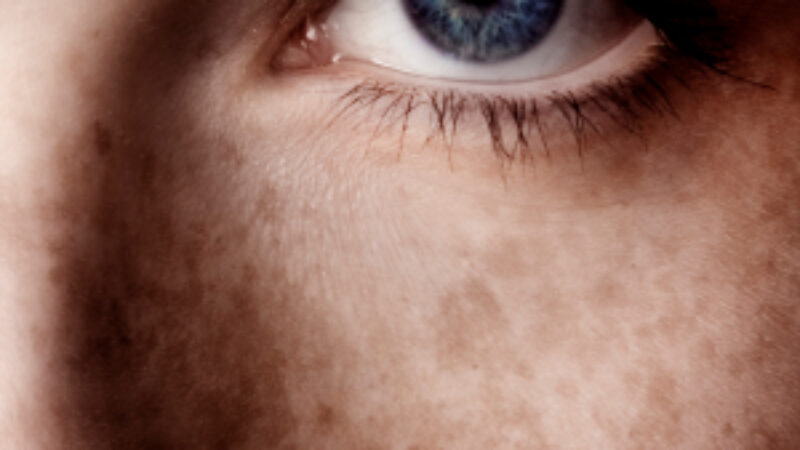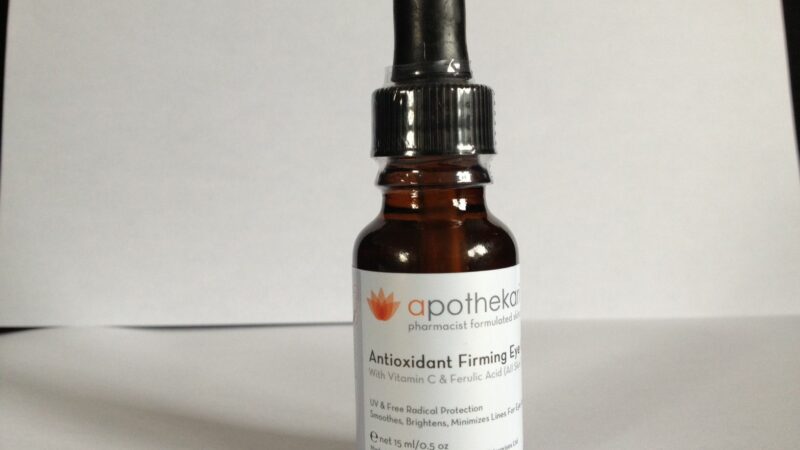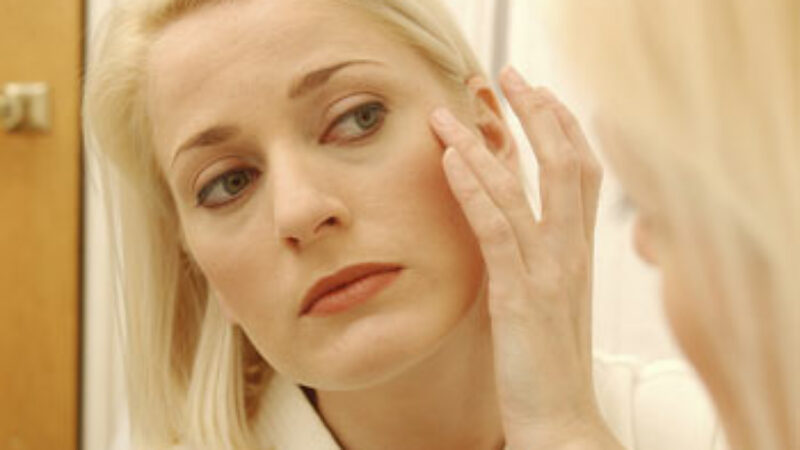With all the new research and information available, now is the perfect time to review some long-held sun care beliefs that may or may not be true anymore. So, hands at the ready over those buzzers while we play Sun Care True or False.
1. As long as you have a hat or are sitting under an umbrella, you don’t need sunscreen.
Answer: False. Although parasols and clothing can provide up to 77% UV protection, sunlight is still reflected off sand, water, glass and even concrete. These rays will reach you, even in the shade. Umbrellas and hats should be regarded as an additional layer of protection that complements a broad-spectrum sunscreen, which should be reapplied every 2 hours or as needed.
2. The darker your skin, the less you need sunscreen.
Answer: False. There is still a misconception that darker skin automatically provides sun protection. Although pigmented skin may take longer to burn, all skin is vulnerable to sunburn, premature aging and skin cancer. Tanning to any degree is the body’s way of protecting itself from damage by producing more melanin. And although darker skin may not typically burn, skin cancer does not differentiate between darker or lighter skin. As a matter of fact, people with darker skin are more likely to develop squamous cell carcinoma in places where there is already a burn or scar. Because this type of cancer might not look like skin cancer, consulting with a doctor for diagnosis may be delayed, allowing the cancer to spread. The bottom line? Regardless of your coloring, wear a sunscreen with good broad-spectrum protection and an SPF of at least 30.
3. Sunscreen isn’t necessary if you’re indoors all the time.
Answer: False. Unless we work or live in a space that has absolutely no natural light and we only drive after the sun goes down, we are exposed to damaging UV rays. The idea of using sunscreen even indoors may be the toughest sell of all, especially since we have all been trained to apply sunscreen before heading outdoors. A quick glance at sunscreen directions, however, is more likely to read “apply before sun exposure”, and exposure is exactly what we are getting when we are sitting at our desks by the window or driving in our cars. Most windows will block the UVB rays that cause burning, but without special coatings or treatments, windows will still allow the aging and cancer-causing UVA rays to penetrate.
4. By age 18, 80% of your skin’s sun damage has already occurred.
Answer: False. New research within the last few years has dispelled the myth that 80% of our skin’s sun damage occurs by the time we turn 18, which removed much of the motivation to start using sunscreen at a later age. Why start when the damage has been done? More recent information, however, estimates that only 23% of sun damage occurs by age 18, 46% by age 40, and 73% by age 60. In other words, it’s never too late to start using sunscreen. And if preventing skin cancer isn’t enough of a reason to use sunscreen diligently every day, perhaps vanity is? Researchers in sunny Australia found that over a 4-1/2 year period, study participants who used sunscreen every day had 24% less skin aging than those who only used sunscreen some of the time. The lead scientist called it “meaningful cosmetic benefits”.
With all the information available to us about the sun and the selection of sunscreens available, there are no more excuses. Sunscreen every day. As my mother says, you’ll thank me one day.




